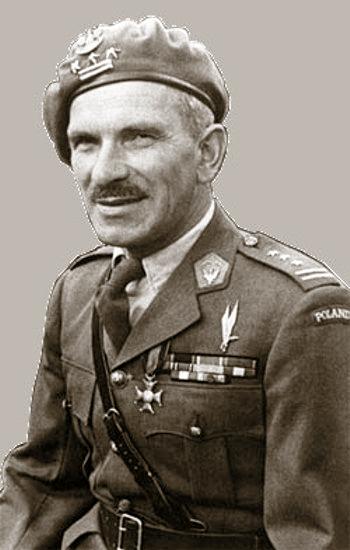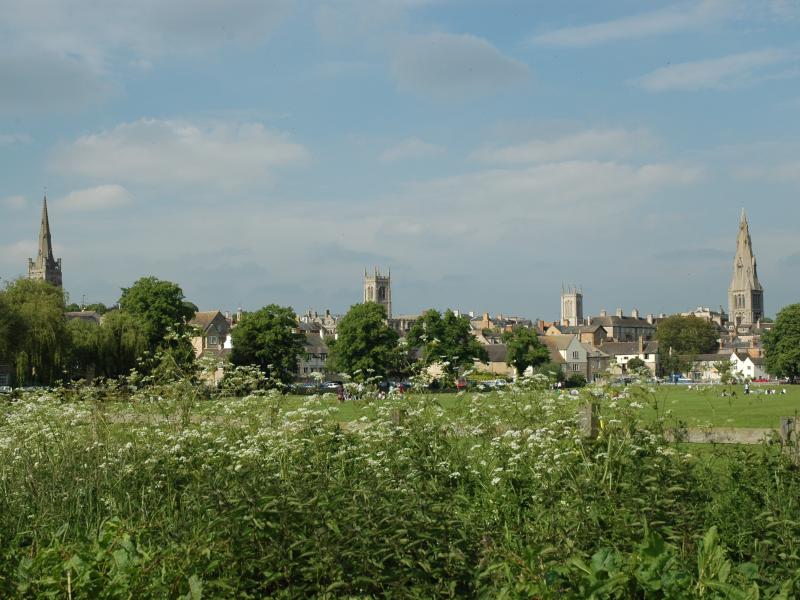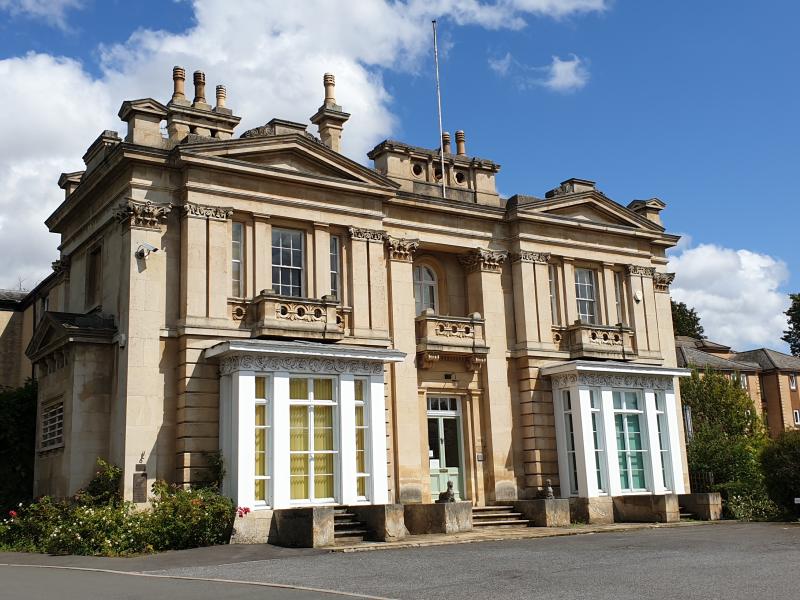1st Polish Independent Parachute Brigade
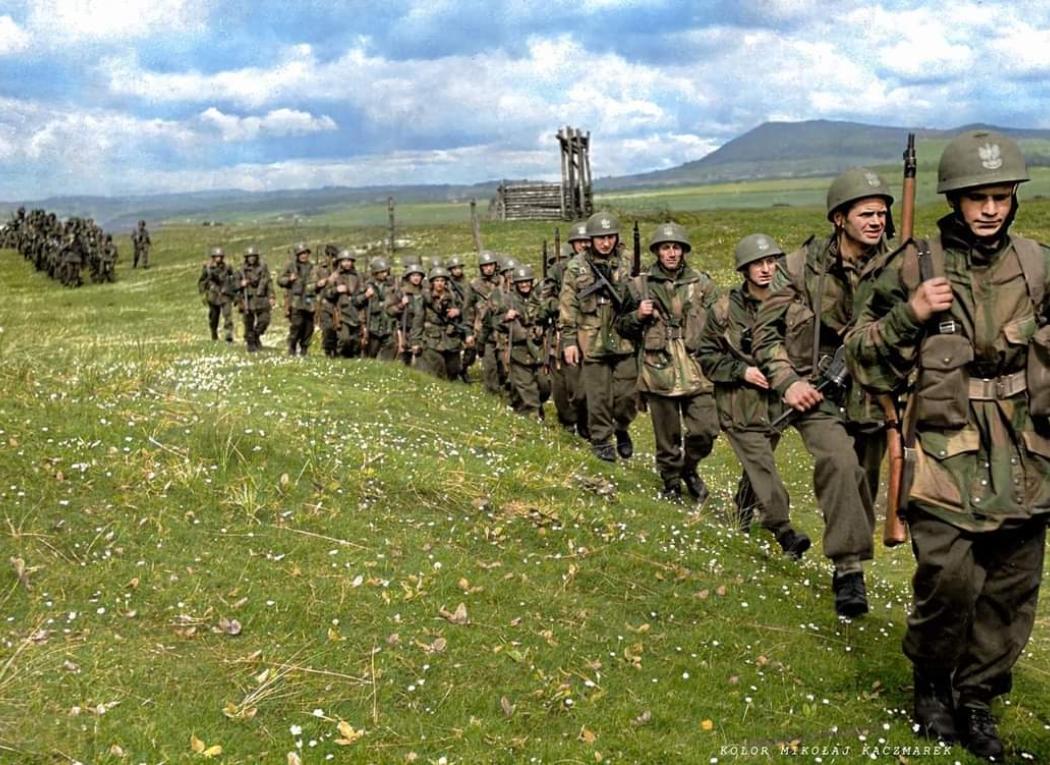
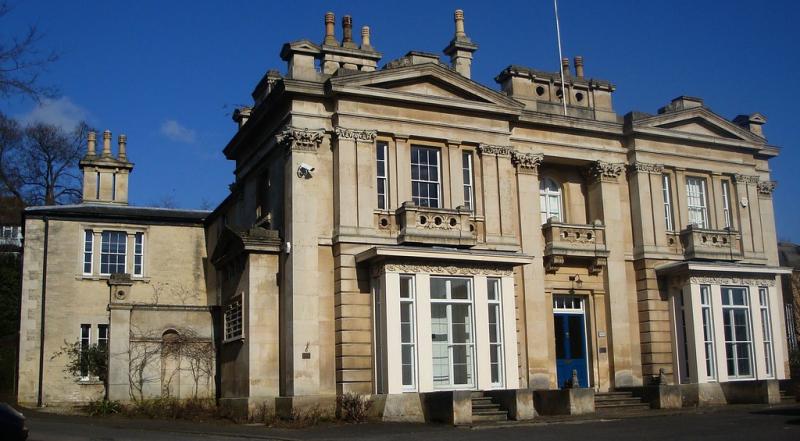
POLISH AIRBORNE IN STAMFORD
The Headquarters of the 1st Polish Independent Parachute Brigade was in Rock House, Stamford, from July 1944 until May 1945, and most of its units were based within the triangle bounded by Stamford – Corby – Peterborough. In May 1945, the Brigade was transferred to Germany on occupation duties.
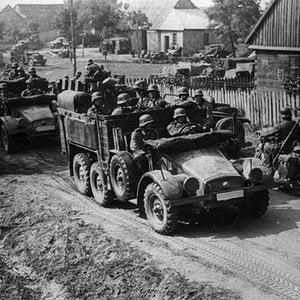
Beginnings
In 1918, the Americans considered dropping troops by parachute around the fortress of Metz, but the war ended before this was needed. Little happened to develop the idea of inserting troops by air behind enemy lines until the 1930s, when Soviet, German, Italian, French and Polish military units were set up to test concepts and equipment.
In Poland, studies into military parachuting began in 1936. A Military Parachute Centre was set up at Bydgoszcz in May 1939 and the first Army trainees began a two-month course.
War Breaks Out
The second parachute course was running when the Germans invaded Poland on 1 September 1939. After the fall of Poland, many Polish troops escaped to France to help continue the fight against the Germans; some of these - including a few trained as parachutists - managed to escape to Britain after the fall of France.
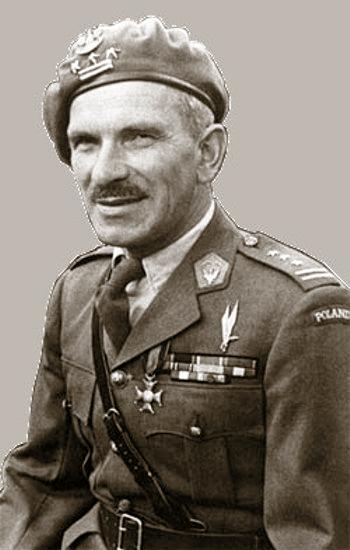
Colonel Stanislaw Sosabowski in 1942. (Public domain, via Wikimedia Commons)
Creation of the 1st Polish Independent Parachute Brigade
Colonel Stanislaw Sosabowski had been the Deputy Commander of the 4th Polish Infantry Division in France at the time of his evacuation to Britain in June 1940. In October 1940, he was given command of the 4th Polish Rifle Brigade, based in Scotland and charged with coastal defence.
Some of Sosabowski’s men volunteered for commando and parachute training in preparation for returning to Poland to help the underground army. On their return from parachute training, the volunteers’ enthusiasm for it was infectious, spreading to Sosabowski himself, who decided to form a Polish Parachute Brigade that could eventually be dropped direct into Poland. He began unofficially organizing and training his men as paratroops: unlike the British, he did not give them the choice of volunteering but decided that everyone fit enough would become a paratrooper.
In September 1941, Sosabowski’s brigade officially became the 1st Polish Independent Parachute Brigade and was to be used specially for operations in Poland.
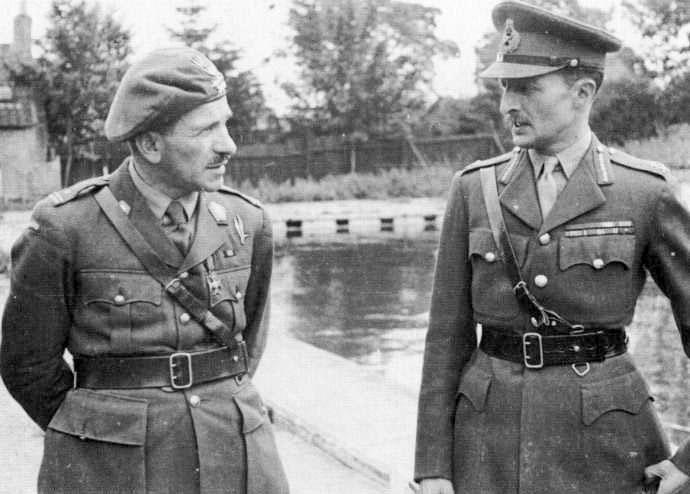
Major General Sosabowski (left) with Lieutenant General Browning, commander of the British 1st Airborne Corps. (Public Domain, https://commons.wikimedia.org/w/index.php?curid=942115)
Independent in Name Only
The independence of the Brigade - which was initially outside Allied military command structures and whose primary aim was to operate in Poland - became a political problem between the Polish and British leaders. This was finally resolved in June 1944, when the Polish government-in-exile placed the Brigade at the disposal of the Supreme Commander of the Allied Expeditionary Forces.
On 14 June 1944, Sosabowski was promoted to Major General. In July 1944, the Brigade moved from Leven in Scotland to the Stamford-Peterborough area of the East Midlands to be nearer the British 1st Airborne Division, with which it would work closely. Also in the East Midlands was the US 82nd Airborne Division.
In August 1944, the 1st Independent Polish Parachute Brigade came under the command of the 1st British Airborne Corps, led by Lieutenant General Frederick Browning, together with the British 1st Airborne and 6th Airborne Divisions.
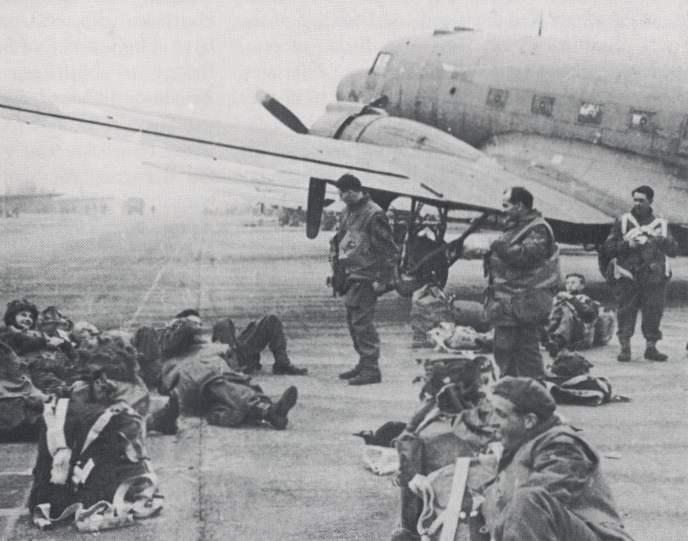
Frustrated by poor weather, Polish paratroopers wait beside their C-47 at Saltby, probably on 19 September 1944. (Pegasus Archive)
Operation MARKET GARDEN
After breaking out of the Normandy beachhead in August 1944, Allied troops advanced rapidly through France and Belgium. Many planned Allied Airborne operations were cancelled before they were launched because Allied ground forces had already captured the target areas.
On 17 September 1944, the British 1st Airborne Division and the US 82nd and 101st Airborne Divisions were finally launched into action in Operation MARKET GARDEN. The British were to capture key river bridges at Arnhem, and the Americans those around Nijmegen and Eindhoven, and hold them until Allied ground forces advanced to meet them.
The plan for capturing the Arnhem bridges called for parts of the 1st Polish Independent Parachute Brigade to land by glider on 18 and 19 September, bringing in artillery and other support troops. The bulk of the Brigade was to parachute on the southern bank of the Neder Rijn river on 19 September to reinforce the southern flank of the British troops, who should have by then captured the bridges.
Unfortunately, events did not go according to plan. The Polish paratroops - flying from Saltby and Spanhoe airfields were initially scheduled to land at Arnhem on 19 September but bad weather throughout the East Midlands delayed their arrival at Arnhem, part of the force arriving on 21 September and part on 23 September.
One positive consequence of these delayed landings to the south of the river was that they diverted some German troops away from attacking the British troops trapped in Oosterbeek on the north of the river. During the night of 23/24 September, some Polish paratroops managed to cross the river and join the British in Oosterbeek but, despite their vigorous efforts, their contribution was too late to alter the course of the battle. During the night of 25/26 September, the Polish troops helped cover the withdrawal of 1st Airborne Division survivors south across the river.
The Poles had suffered heavy casualties for little gain: ‘One thousand seven hundred Polish troops parachuted or glided into Holland; 1,310 marched out.’ 1 Major General Sosabowski later suffered a further blow when he was ‘controversially removed from command in December 1944, following sustained criticism by Lt Gen Browning, with whom Sosabowski had an acrimonious relationship. This treatment of Sosabowski, and by implication 1st Polish Para Brigade, was considered to be an injustice by many of the British airborne veterans who served and fought alongside the Poles in World War II.’ 2
- 1
Sosabowski, Stanislaw. Freely I Served: The Memoir of the Commander, 1st Polish Independent Parachute Brigade 1941–1944 (p. 238). Pen & Sword Books. Kindle Edition.
- 2
Paradata - A Living History of The Parachute Regiment and Airborne Forces, https://www.paradata.org.uk/unit/1st-polish-independent-parachute-brigade [accessed 7 April 2023]

Standard of the 1st Polish Independent Parachute Brigade. (American1990, CC BY-SA 3.0 <https://creativecommons.org/licenses/by-sa/3.0>, via Wikimedia Commons)
The 1st Polish Independent Parachute Brigade was not used in an Airborne operation again. In 1945, the Brigade was attached to the Polish 1st Armoured Division and carried out occupation duties in northern Germany until June 1947, when it was disbanded. Many of its members remained in exile after the war, not wishing to return to a Poland under communist rule.
BIBLIOGRAPHY
Barrymore Halpenny, Bruce, Action Stations 2: Military Airfields of Lincolnshire and the East Midlands (Wellingborough, 1981)
Beevor, Antony, Arnhem - the Battle for the Bridges, 1944 (London, 2019)
———, ‘Order of Battle: Operation Market Garden’, Antony Beevor, Historian <https://www.antonybeevor.com/order-of-battle-operation-market-garden/>
Buckingham, William F, Arnhem 1944 (Stroud, Gloucestershire, 2004)
Chant, Chris, Airborne Operations, ed. by Philip de Ste Croix, Paperback (London, 1982)
Cholewczynski, George F, Poles Apart (London, 1993)
Dear, Ian, and M R D Foot, The Oxford Companion to the Second World War (Oxford, 1995)
Delve, Ken, Military Airfields of Britain (Ramsbury, 2008)
Freeman, Roger A, UK Airfields of the Ninth Then and Now (1994)
Fullick, Roy, Shan Hackett - the Pursuit of Exactitude, Kindle Edition (Barnsley, 2003)
Greenacre, John, Churchill’s Spearhead (Barnsley, 2010)
Gregory, Barry, British Airborne Troops, 1940-45 (London, 1974)
Gregory, Barry, and John Batchelor, Airborne Warfare 1918-1945 (London, 1979)
Hickman, Mark, ‘The Battle of Arnhem Archive’, Www.pegasusarchive.org, 2000, <https://www.pegasusarchive.org/arnhem/frames.htm> [accessed 2024]
Jackson, Robert, Arnhem - the Battle Remembered (Shrewsbury, 1994)
Kershaw, Robert J, A Street in Arnhem, Paperback (Addlestone, 2015)
———, It Never Snows in September (New York, 1999)
Margry, Karel, Market Garden Then and Now Boxed Set (2002)
Marix Evans, Martin, Wybo Boersma, and Adrian Groeneweg, The Battle of Arnhem (Andover, 1998)
Mead, Richard, General ‘Boy’ - the Life of General Sir Frederick Browning GCVO, KBE, CB, DSO, DL , Kindle Edition (Barnsley, 2010)
Otway, Terence B H , Airborne Forces of the Second World War, 1939-45, Facsimile of War Office publication of 1951 (Uckfield, 2019)
Paradata, ‘A Living History of the Parachute Regiment and Airborne Forces’, Paradata.org.uk <https://www.paradata.org.uk/> [accessed 2024]
Ryan, Cornelius, A Bridge Too Far, 3rd edn (London, 1978)
Saunders, Tim, The Island - Nijmegen to Arnhem (Barnsley, 2008)
Sosabowski, Stanislaw, Freely I Served, Kindle Edition (Barnsley, 2013)
St George Saunders, Hilary, The Red Beret, New English Library/Times Mirror (London, 1978)
Urquhart, R E, Arnhem (Barnsley, 2008)
Warren, John, Airborne Operations in World War II, European Theater, Defense Technical Information Center (1956) <https://apps.dtic.mil/sti/tr/pdf/ADA438105.pdf> [accessed 8 December 2024]
Weeks, John, Airborne Equipment (Newton Abbot, 1976)
———, Assault from the Sky (Newton Abbot, 1988)
